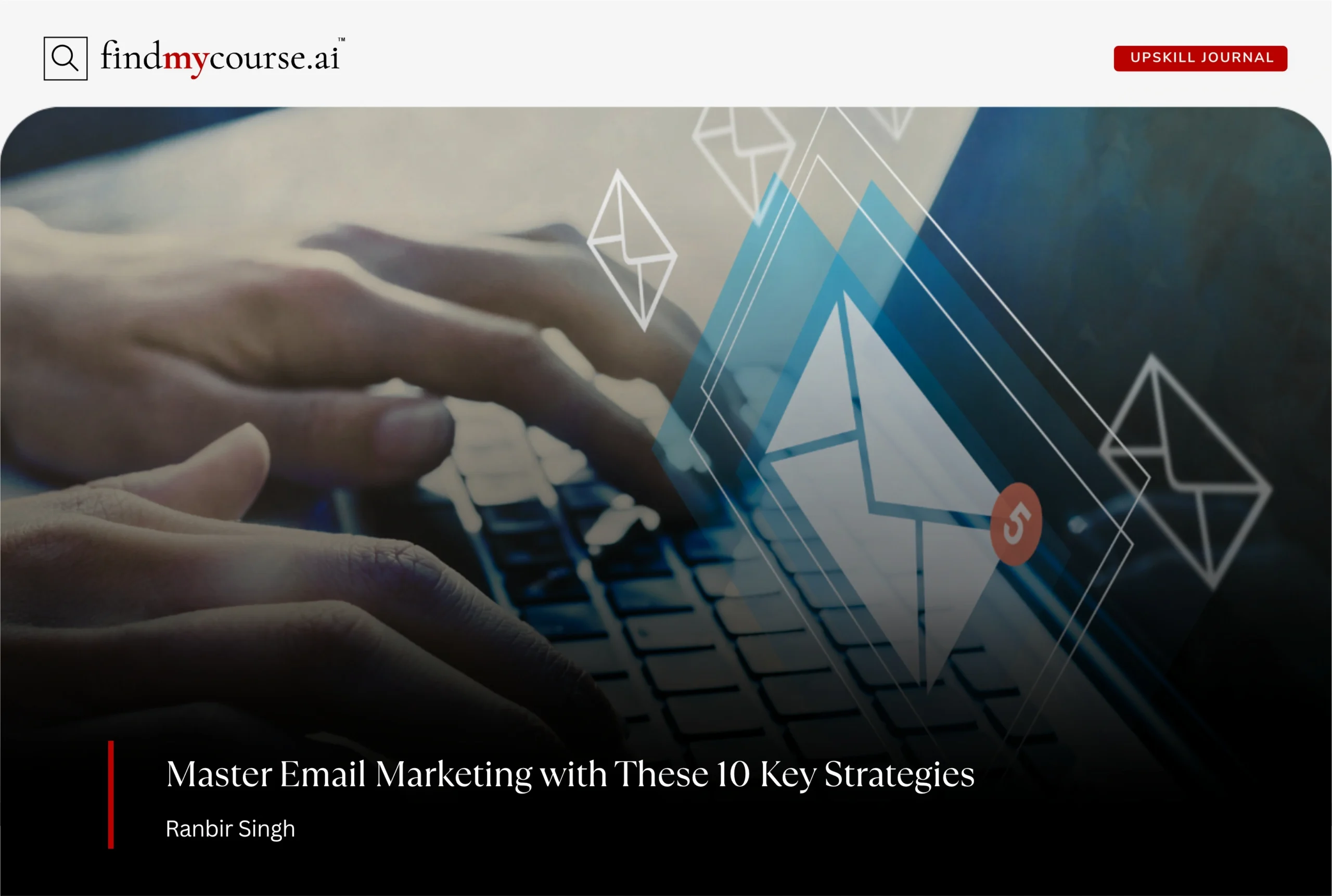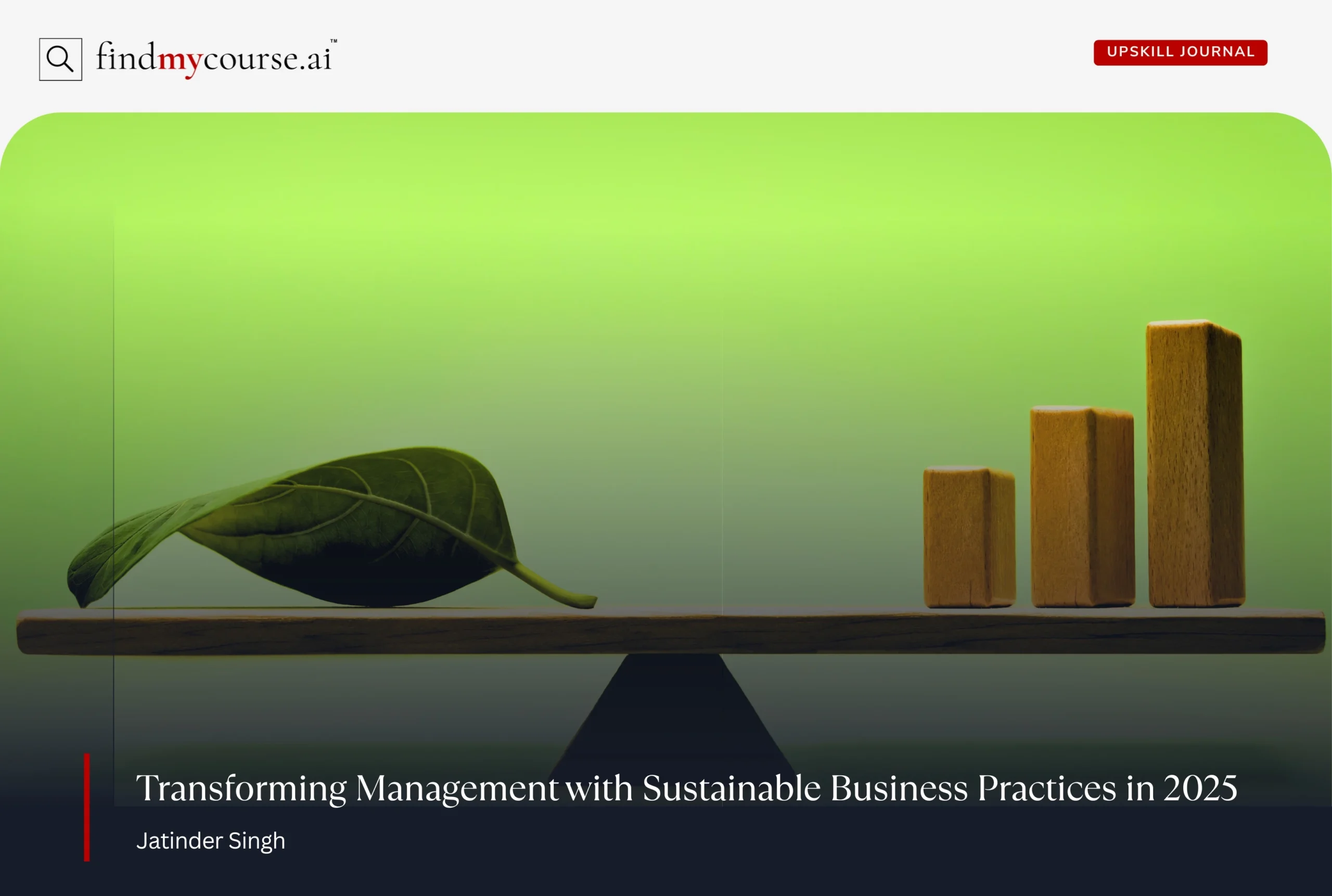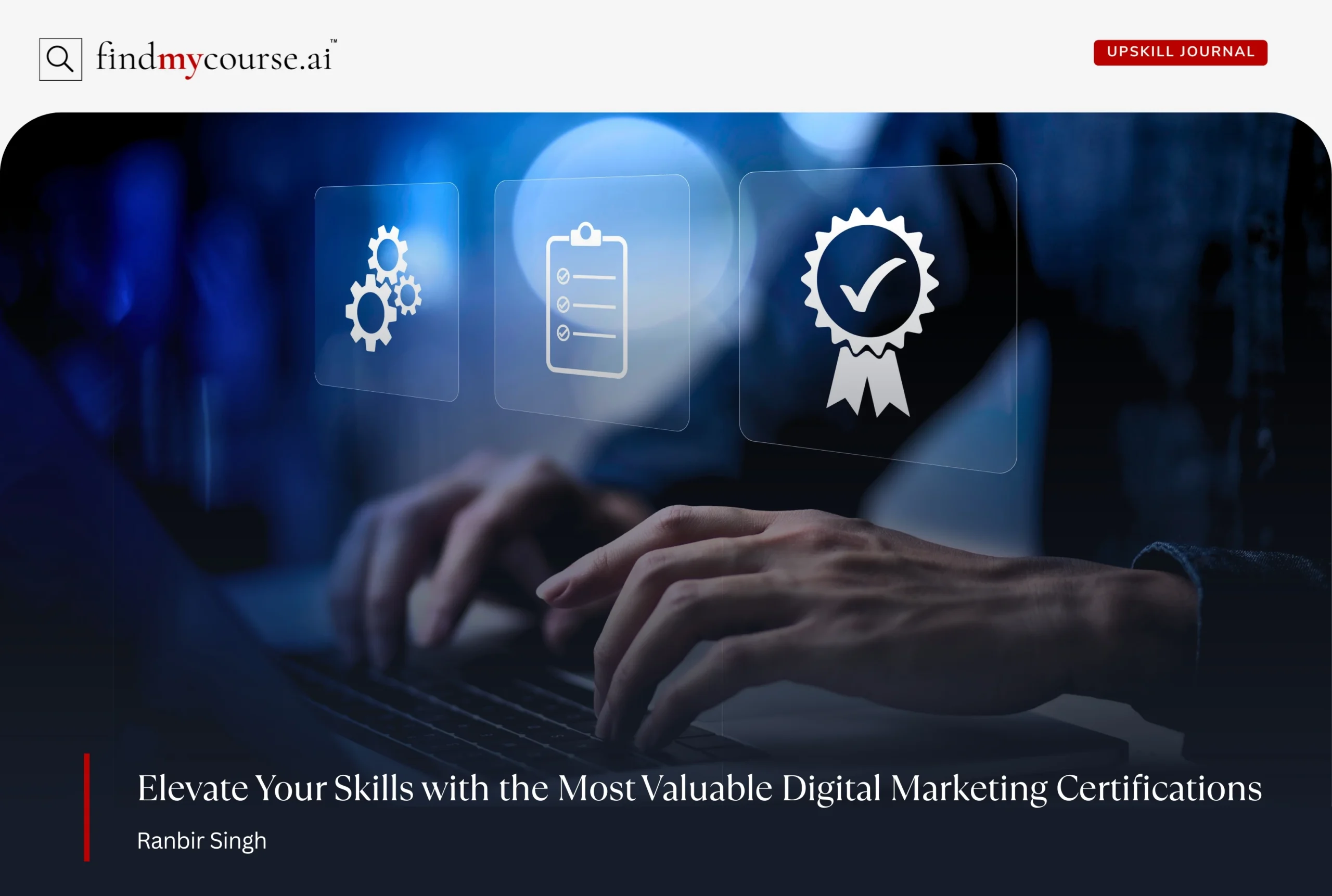If you’re sending emails that barely get opened—or worse, ignored—you’re not alone. The truth is, email can be one of the most powerful tools in your marketing toolkit. But only if you’re using the right approach. In this post, we’ll explore ten of the best email marketing strategies that actually convert. Whether you plan to learn this or want to improve your existing campaigns, these tips will help you connect better, sell more, and build lasting relationships with your audience.
Why These Email Marketing Strategies Matter
Email is one of the few direct lines you have to your customers. It’s personal, cost-effective, and measurable. In fact, in 2025, businesses typically earn around $36 for every dollar spent on email, with top-performing sectors like retail earning as much as $45 per dollar. But blasting out generic messages just doesn’t cut it anymore. People expect more—and rightly so. They want relevant, engaging, and timely communication. This builds trust, encourages loyalty, and ultimately leads to more sales.
Almost 93% of people check their email daily, and over 40% of them do so multiple times a day. When done right, email marketing can offer some of the highest returns of any channel available today. If you’re serious about growing your business, these are the strategies worth mastering. Whether you’re running a local shop or managing a global brand, email is a tool you can’t afford to ignore.
Best Email Marketing Strategies You Should Be Using
Reaching people in their inbox is one thing—getting them to take action is another. With the average person receiving over 100 emails a day, standing out requires more than just good timing. The following techniques are designed to help you create messages that feel timely, relevant, and worth opening.
1. Personalize Every Message
People don’t want to feel like just another name on your list. They want to feel seen. That’s where personalization comes in. Instead of sending the same email to everyone, tailor your messages based on their interests, purchase history, or behavior. For example, addressing someone by name or recommending products they’ve browsed can dramatically increase engagement. Even small personal touches can go a long way in making your emails feel more relevant and valuable. Tools like Klaviyo make this kind of personalization easy and effective.
2. Use Smart Segmentation
Not all your subscribers are the same—so why treat them like they are? Segmentation is the process of dividing your audience into smaller groups based on things like age, location, buying habits, or how they signed up. This allows you to send more targeted content that resonates. For instance, a first-time visitor might need a welcome offer, while a loyal customer might appreciate a sneak peek at new arrivals. The more specific your message, the better your chances of conversion. Platforms like Mailchimp help set up dynamic segments without the hassle.
3. Automate Your Email Flows
Email automation can save you time—and make you money. By setting up automatic email sequences, you can stay in touch with your audience at key moments without lifting a finger. Think welcome emails, birthday offers, or reminders for abandoned carts. These automated workflows keep your brand top of mind and guide your subscribers along their journey, from curious browsers to loyal buyers. ActiveCampaign offers powerful automation with user-friendly controls.
4. Write Subject Lines That Spark Interest
Your subject line is the first impression. If it doesn’t catch attention, the email might never get opened. A great subject line is short, clear, and makes people want to learn more. Try asking a question, teasing a benefit, or adding a touch of humor. Testing a few variations can also help you see what works best for your audience. A well-written subject line can make all the difference between a scroll-past and a click. AI tools like Phrasee help generate subject lines that people actually open.
5. Include Clear Calls to Action (CTAs)
Once someone opens your email, they should know exactly what to do next. That’s where a strong CTA comes in. Whether it’s “Shop Now,” “Read More,” or “Book Your Spot,” your CTA should be easy to spot and easy to follow. Keep your message focused and avoid clutter. Too many choices can confuse readers, while one clear direction keeps things simple—and more effective. ConvertKit makes it easy to design clean emails with effective CTA placement.
6. Optimize for Mobile Devices
Most people check their email on their phones. If your emails aren’t mobile-friendly, they’ll likely get deleted. Make sure your design looks good on smaller screens—use large fonts, clear buttons, and simple layouts. Test your emails on different devices to see how they appear. A great message won’t matter if it’s hard to read or interact with on mobile. Use a tool like Litmus to preview your emails across devices before hitting send.
7. Focus on Deliverability
Even the best email won’t perform if it never reaches the inbox. That’s why deliverability matters. Clean your list regularly to remove inactive or invalid addresses. Avoid spammy words, and always give people the option to unsubscribe. Also, make sure your technical setup—like email authentication—is solid. This builds trust with email providers and helps your messages land where they belong. Services like ZeroBounce help ensure your emails get to the inbox.
8. Track What Works
You can’t improve what you don’t measure. Tracking your email performance gives you the insight to make smarter decisions. Look at metrics like open rates, click-through rates, and conversions. Which emails got the best response? Which subject lines performed well? Use that data to tweak future campaigns. The more you know, the better your results will be over time. Platforms such as HubSpot provide deep insights into how your emails are performing.
9. Try AI and Smart Tools
Today’s tools can help you go even further with personalization and timing. Many email platforms now use AI to recommend send times, create content, or even predict what products a customer might want next. These tools aren’t just fancy—they’re effective. They help you stay one step ahead and deliver messages that feel thoughtful and timely. It’s a smart way to work faster and better. Seventh Sense is a great example of this in action.
Want to master this? The E-commerce Marketing and Email Campaigns course on Coursera teaches you how to build and automate email campaigns that convert, with hands-on guidance tailored for modern marketers.
10. Win Back Lost Customers
Sometimes people stop engaging with your emails—but that doesn’t mean they’re gone for good. Re-engagement campaigns are a great way to bring subscribers back. You might send a “We miss you” message, a special offer, or ask for feedback. Also, remarketing emails—like cart reminders or product follow-ups—can help recover lost sales. Reaching out at just the right time often leads to big results. Tools like Drip help you build re-engagement campaigns that feel personal, not pushy.
Your Email Marketing Game Plan
You’ve got the tools. You’ve got the tactics. Now it’s time to take action. Whether you’re starting from scratch or fine-tuning your existing emails, here’s how to turn strategy into results:
- Identify your top segments and tailor content for each group
- Add personal touches that make your messages feel one-on-one
- Automate key touchpoints—like welcomes, follow-ups, and reminders
- Experiment with subject lines and CTAs to boost engagement
- Make sure every email looks great on mobile
- Track opens, clicks, and conversions—and learn from the data
- Keep testing and improving with each send
Great email marketing strategies aren’t about doing everything at once—it’s about doing the right things consistently. Start smart, stay agile, and watch your results grow.
Final Thoughts
In the end, there’s no magic formula for email marketing—but there is a clear path to progress. When applied thoughtfully, these email marketing strategies can transform your emails from overlooked to unforgettable. The brands that succeed aren’t always the loudest—they’re the ones that listen, learn, and show up consistently with messages that matter. Don’t try to master everything at once. Start with one or two strategies, track your progress, and refine as you go. Over time, those small adjustments will add up to big results. And if you need help along the way, our AI assistant is here to guide you.


